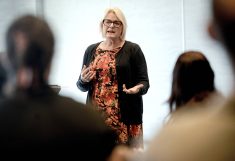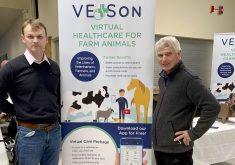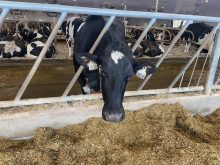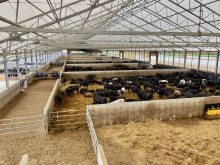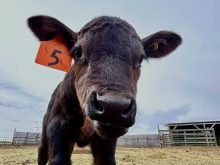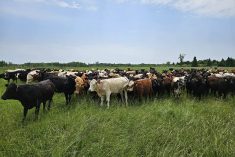Biosecurity is always of the utmost importance on beef operations.
At calving time, however, that importance is amplified due to two groups of animals being more susceptible to infectious diseases: new calves and their dams.
Why it matters: Having a biosecurity plan prior to calving season can help prevent disease.
“Young calves, obviously, are prone to infectious diseases,” said John Campbell, a professor in the department of Large Animal Clinical Sciences at the University of Saskatchewan’s Western College of Veterinary Medicine.
Read Also
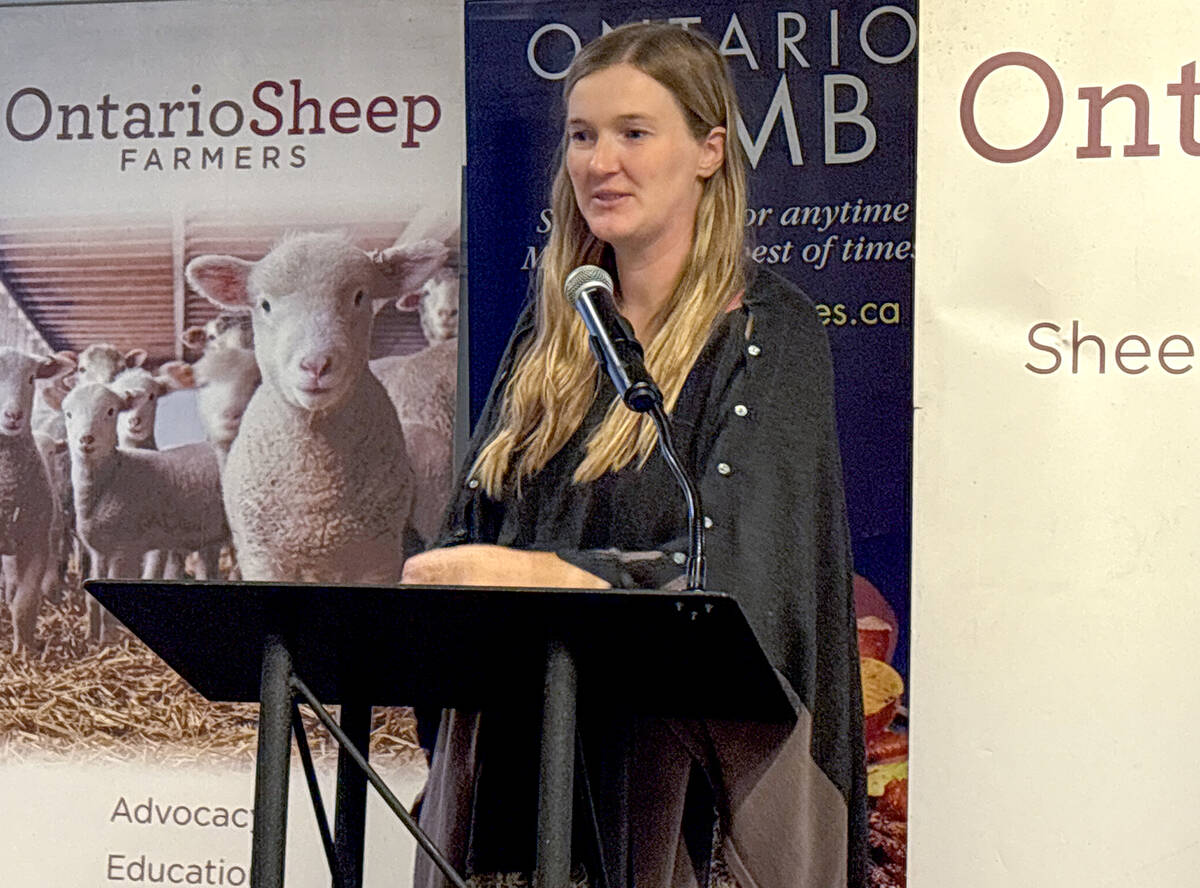
Footflats Farm recognized with Ontario Sheep Farmers’ DLF Pasture Award
Gayla Bonham-Carter and Scott Bade, of Footflats Farm, win the Ontario Sheep Farmers’ 2025 DLF Ontario Pasture Award for their pasture management and strategies to maximize production per acre.
“Their immune system is just really starting to function, they’re relying on their immunity from their mother … and if a calf doesn’t get adequate colostrum, it’s especially susceptible to infectious disease.”
As well, cows experience a natural decline in their immune function when they calve, also putting them at greater risk of disease.
These factors make the lead-up to calving season a good time for producers to revisit biosecurity strategies on their operation, starting by creating a plan with their veterinarian to encompass the entire year.
Campbell said talking about biosecurity with their veterinarian can prevent major disease issues in the future.
“There’s some neat work out of England, where they showed that producers that had a formal discussion about biosecurity with their veterinarian had less problems down the road, so it’s something that’s important to think about and plan for.”
Minimize introductions
One main facet of biosecurity is preventing disease from entering a herd, which is primarily accomplished by minimizing the introduction of outside animals.
Bringing new animals into the herd around calving season can be risky and should be avoided if possible, Campbell said.
A common risk comes when a cow loses her calf and the producer buys a calf from the auction market or another operation to graft onto her.
“That’s fairly high risk, especially for things like salmonella and bovine viral diarrhea and even many of the other infectious pathogens,” said Campbell.
“If you have a twin that you can cross foster, if you have some other option, it’s far better than going to buy a calf that you don’t know its background. You don’t know what it’s carrying and you don’t know what it’s bringing on to your operation.”
If a new calf must be purchased, source it from an operation with a similar biosecurity program, and quarantine it for two weeks with its new dam.
Similarly, it’s best to avoid introducing dairy females from outside operations to be used as nurse cows, according to an online resource from Saskatchewan Ag Extension.
“These operations may have diseases that are endemic that beef cattle operations are not regularly exposed to,” the article stated.
Ahead of calving season, quarantine any newly purchased bulls and replacement females and avoid commingling with pregnant cows.
Calve in clean environments
The other main facet of biosecurity is preventing the spread of disease within the herd. Using a calving strategy designed to reduce the incidence and spread of potential diseases is a major part of this.
The Sandhills Calving System is one such option, also known as the “drop-back method” or “leave behind calving.”
This system, as described in a blog post by the Beef Cattle Research Council (BCRC), “involves moving pregnant cows on to different ‘clean’ ground while leaving freshly calved pairs in the field they were born in.
“This method helps minimize direct contact between older calves and younger calves and reduces the transfer of viruses and the build-up of disease-causing pathogens in the calving area.”
Depending on the size of the herd, several calving areas may be used in this system.
“It’s a really effective way of making sure that calves are being born in a very clean environment because every time you move those cows that haven’t calved, they’re going on to a clean, untouched environment,” said Campbell.
Another option is the strategy known by some as the Foothills System, which Campbell said is perhaps the more traditional method that has been recommended to producers for some time.
“We’re moving the cows and their newborn calves onto a clean nursery area from the calving area and leaving the cows that haven’t calved behind to continue calving on the calving area,” he said.
“Both are pretty effective and are good strategies, and it probably depends on the system and one of those things you have to work with the logistics of the herd.”
Another consideration is to separate first-calf heifers from older females and designate areas specifically for sick animals to ensure there is no cross-fence contact or water shared with healthy animals.
As well, create a standardized cleaning and disinfecting routine that encompasses the removal of possible contaminants from calving areas and the disinfection of all equipment used.
Resources on creating a biosecurity plan can be found on the BCRC website.





